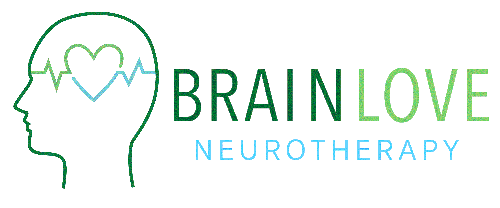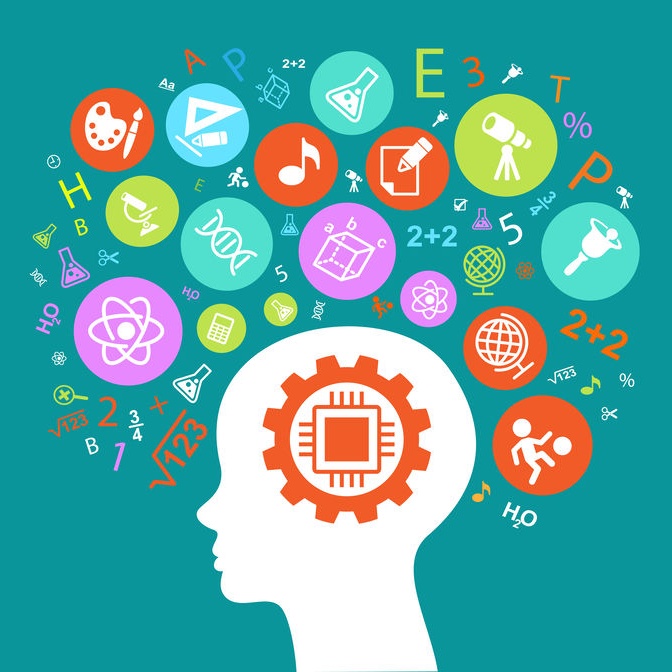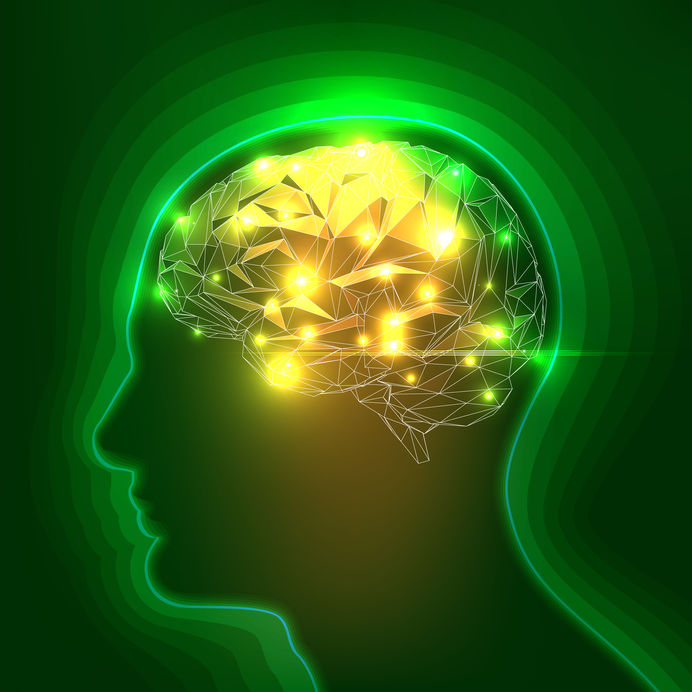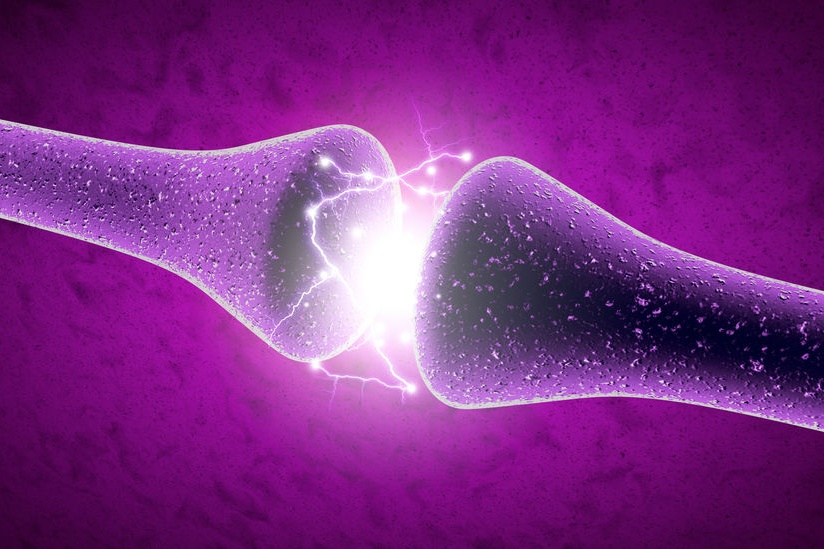Imagine your brain like a network of lights. When stress, trauma, or exhaustion build up, some areas can feel dim, sluggish, or disconnected — like parts of your brain aren't firing at full power.
Brain Brightening helps turn those lights back on.
Using gentle, non-invasive Neurostimulation, we help your brain "retrain" itself to function more clearly, efficiently, and calmly. It's like giving your brain a reset — helping improve focus, mood, energy, and resilience.
People often describe Brain Brightening as feeling:
- Mentally clearer
- More focused and energized
- Less overwhelmed by stress
- More balanced emotionally
- Like "the fog has lifted"
It's a natural, science-backed way to help your brain work at its best — so you can feel your best.




